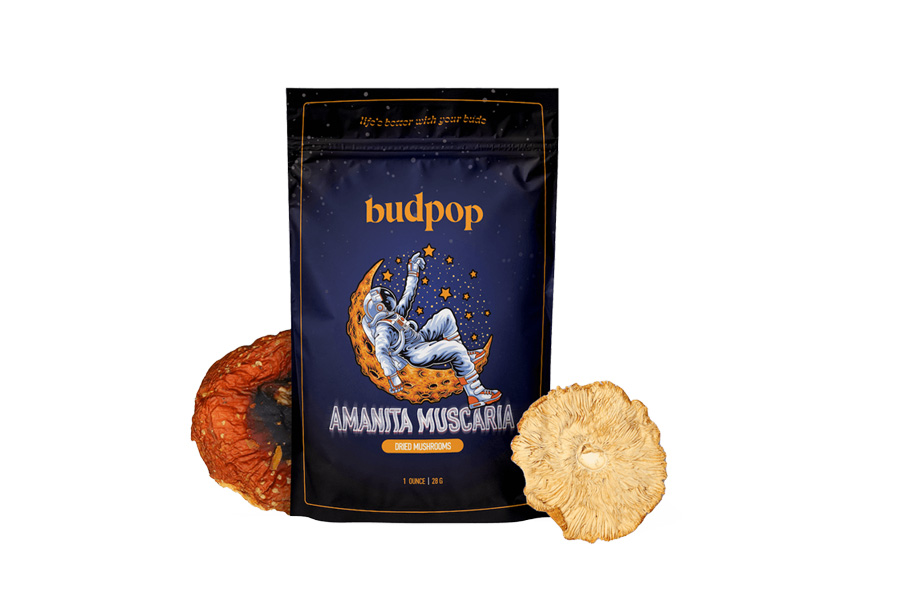Amanita muscaria stands out among mushroom species for its distinctive appearance and unique biochemical profile. This iconic red-capped mushroom with white spots has captivated human imagination for centuries, appearing in folklore, religious ceremonies, and modern popular culture. Unlike common culinary mushrooms or medicinal varieties, Amanita muscaria contains a unique compound set that produces different effects than typical psilocybin-containing species. Various preparations, including Amanita Muscaria Gummies, have become available in recent years as interest in this fascinating fungus has grown. The distinctive properties of this mushroom make it a subject of ongoing scientific research and cultural fascination.
Unique identification features
Amanita muscaria is immediately recognisable by its vibrant red cap dotted with white flakes or warts, making it one of the most visually distinctive mushrooms in the world. The cap typically ranges from 5-20 cm in diameter and flattens with age. Young specimens display a more hemispheric shape that gradually opens as they mature. Below the cap sits a white stem reaching 5-20 cm tall with a pronounced ring or skirt-like structure called an annulus. At the base of the stem is a bulbous structure surrounded by concentric tissue rings called a volva. This characteristic “egg” appearance in young specimens is a defining feature of the Amanita genus. The gills under the cap are white and free from the stem. These distinctive visual characteristics have made Amanita muscaria perhaps the most depicted mushroom in art, literature, and popular culture worldwide.
Chemical composition and compounds
Unlike psilocybin mushrooms that contain psilocybin and psilocin, Amanita muscaria contains primarily muscimol and ibotenic acid as its main active compounds. This fundamental chemical difference places it in an entirely different category of fungi. The primary compounds include:
- Muscimol – A potent, selective agonist for GABA receptors in the brain
- Ibotenic acid – An excitatory amino acid that acts on glutamate receptors
- Muscarine – Present in small amounts, affects the parasympathetic nervous system
- Muscazone – A lesser-studied compound unique to this species
These compounds create effects distinctly different from those associated with psilocybin mushrooms. Traditional preparation methods often involved parboiling or drying processes that convert ibotenic acid to muscimol through decarboxylation, altering the mushroom’s properties.
Cultural significance
Ancient Siberian shamans utilised it in religious ceremonies, and some scholars suggest it may have been the mysterious Soma mentioned in ancient Hindu Vedic texts. Evidence points to its use in Viking berserker rituals, where warriors reportedly consumed it before battle. In Finnish mythology, the mushroom is associated with thunderstorms and considered a gift from the thunder god Ukko. Christmas traditions may also connect to this mushroom, with some theories suggesting Santa’s red and white colour scheme and flying reindeer imagery originated from shamanic Amanita muscaria practices in northern Europe and Siberia. This rich cultural history spans continents and millennia, making it one of the most historically significant fungi in human cultural development.
Amanita muscaria forms mycorrhizal relationships predominantly with specific tree species, creating a symbiotic association where the mushroom provides minerals and nutrients to the tree while receiving carbohydrates in return. This particular species strongly prefers pine, spruce, birch, and occasionally oak tree partnerships. These associations explain why mushrooms are commonly found in boreal and temperate forests throughout the Northern Hemisphere.

